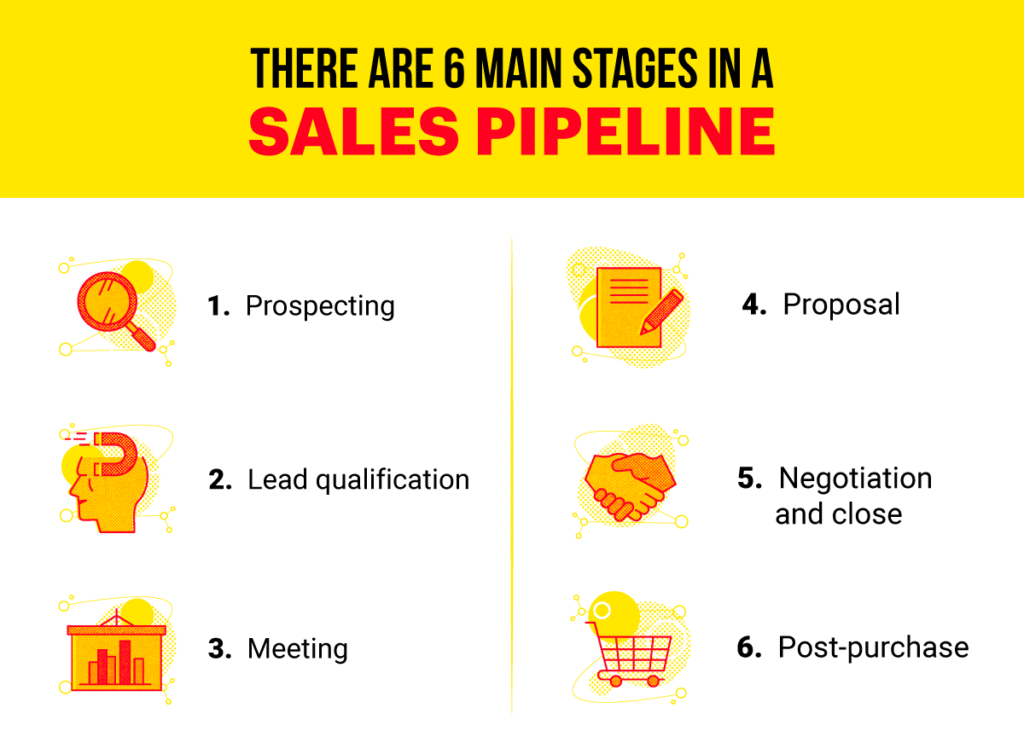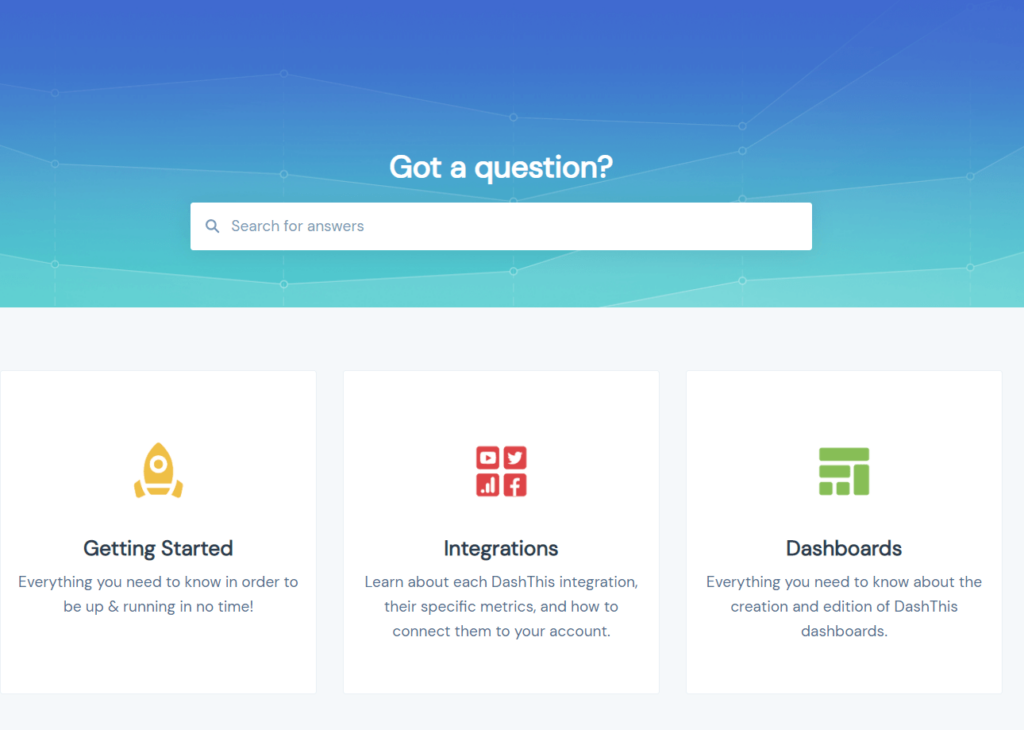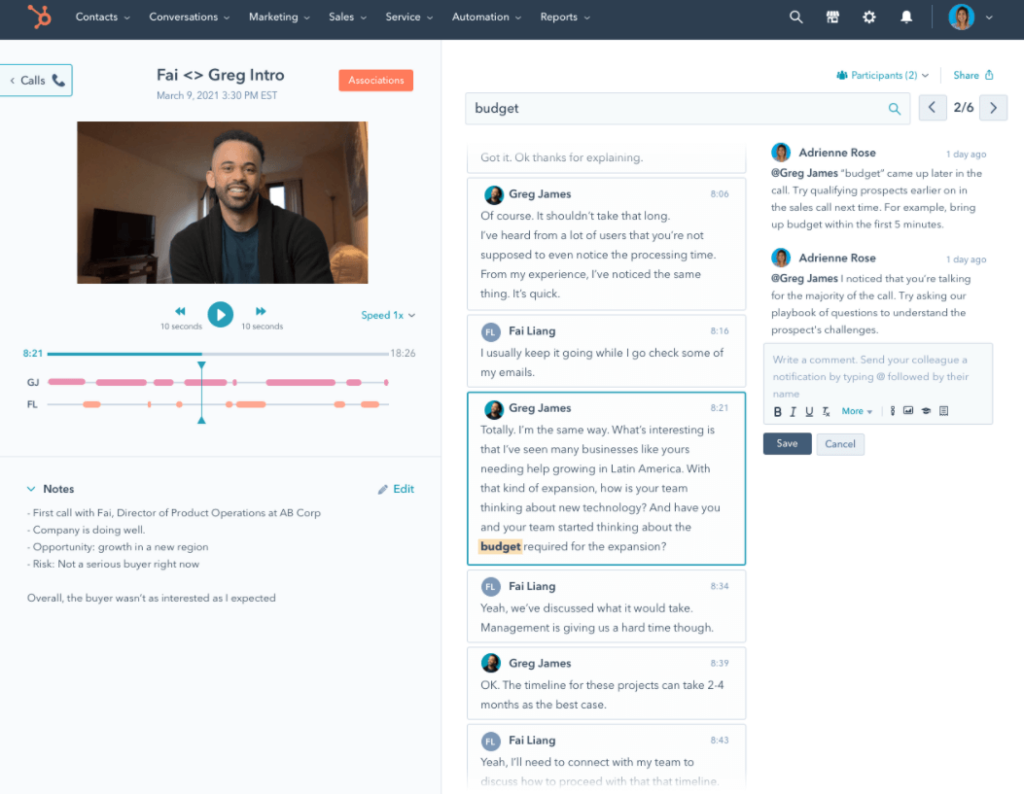

Unkover your competitors’ Marketing Secrets
Say goodbye to wasting hours on competitor analysis by equipping your team with an AI-driven, always-on competitive intelligence platform.


Say goodbye to wasting hours on competitor analysis by equipping your team with an AI-driven, always-on competitive intelligence platform.

Stay Ahead with AI-DRIVEN Competitive Intelligence
Unkover is your AI-driven Competitive Intelligence team delivering critical updates about your competitors the moment they happen:
Track your competitors website changes
Why spend all day stalking the competition when you don’t have to?
With Unkover, you’ll know instantly when your competitors tweak their messaging or shake up their pricing. No more endless scrolling through their sites or second-guessing your strategies.
Let us do the heavy lifting for you, ensuring you’re always in the loop by notifying you the moment a critical change happens on your competitor’s pages.
Sit back, relax, and keep winning—Unkover makes sure you’re not just in the game, you’re always a step ahead.


Read your competitors emails
Companies love updating their customers and prospects about relevant news, product updates, and special offers.
That juicy info from your competitors? It’s yours too. Unkover will automatically capture all their emails and bring them right to your doorstep—accessible to your entire team, anytime.
[COMING SOON: Our fine-tuned AI will sift through these emails, extract key information and send them over to the best team within your org. Less noise, more signal!]
We hear you! Unkover’s goal is not to flood you with tons of data points that no one in your team will ever read. We gather competitive intelligence from thousands of data sources and use AI to highlight actionable information to the right team in your company.
Say goodbye to noise. We’re 100% signal.
ROADMAP
We’re excited to get Unkover in your hands as soon as possible and keep building the best competitive intelligence tool with your precious feedback. The roadmap for the next few months is already exciting, so take a look!
While we build and deliver, here’s our promise to you: as an early tester and customer, you’ll lock in an exclusive bargain price we’ll never offer again in the future.

Spy on your competitors’ full marketing strategy: social, ads, content marketing, email flows, and more.

Track competitive Win/Loss analysis and build battle cards. Get alerted at every pricing change.

Get immediate alerts when competitors announce new features or major releases. Identify strengths and weaknesses from online reviews.

Get the competitive intelligence you need where you need it: Slack, eMail, MS Teams, Salesforce, Hubspot, Pipedrive and more.
slack integration
Unkover’s Slack integration lets you keep your whole team up to speed with your competitors’ updates.

Join now to lock in an exclusive 50% lifetime discount
For startups and small teams, it’s the essential toolkit you need to keep an eye on a select few competitors.

Up to 5 competitors

50 pages monitored

10 email workflows

3-day data refresh
$39
/per month
$ 79
50% discount
Billed annually
For growing businesses, it allows you to monitor more competitors, pages, and email workflows.

Up to 10 competitors

100 pages monitored

20 email workflows

1-day data refresh
$79
/per month
$ 159
50% discount
Billed annually
For large companies, it is tailored to meet the needs of multiple teams needing granular insights.

Custom number of competitors

Custom number of pages monitored

Custom number of email workflows

Hourly data refresh
Custom price
Billed annually

A massive sales pipeline is not necessarily a good thing.
If you’re slipping on follow-ups and facing pressure from the higher-ups, all the while struggling to maintain your success rate, that’s a big sign you need to start managing your pipeline.
In this guide, you’ll learn five excellent tips from sales experts on how you can maintain a healthy pipeline of your own.
Sales pipeline management is the process of organizing and tracking sales opportunities, all the way from targeting the right prospect to moving them toward closing.
The main goal here is to estimate revenue and cash flow so that you can make informed decisions about your sales strategy (e.g., coaching sales reps, expanding sales team, increasing budget).
If you do a quick search on sales pipeline, you’ll notice that there are multiple variations of how it looks like.
Here at Breadcrumbs, we boil it down to these six main stages.

Bear in mind that many of these stages involve both marketing and sales.
For example, even though marketers are in charge of content marketing, they usually need to interview the sales team to shape the content to drive conversions.
The marketing team is also heavily involved in the post-purchase stage.

For instance, they need to continue creating content to educate customers on how they can make the most out of the product.
The adage “Quality, not quantity” is valid in all aspects of life—including when it comes to generating leads for your sales pipeline.
Too many times, sales reps waste valuable resources on chasing all leads when they should only be focusing on leads who (a) fit their ideal customer profile and (b) are ready to buy.
Marc Stitt, CMO of FMX, advocates focusing on these sales-ready leads for effective pipeline management.
Do us a favor?
Take a look at the deals you’ve closed this year.
You’ll notice that these deals share a similarity, and that is they take the same amount of time to close.
That’s not a coincidence.
And no, it certainly wasn’t Lady Luck up to her old tricks. 😉
That’s the power of using a buyer persona to inform your sales efforts.
Important Note Make sure you’re collecting accurate information about your prospects during the lead generation stage. Joe Pope, business development director at Hinge, uses progressive profiling to record his leads’ online activities across the marketing and sales funnel (e.g., completing a form, viewing a page). You can use a lead scoring tool to record these customer data. Together with good ol’ fashioned note-taking, Joe and his team raised their company-wide closing percentage by nearly 35% in three years.
Here’s how lead scoring works on Breadcrumbs:
Set up attributes that add or deduct points based on the lead’s demographic (Fit model) and behavior (Activity model).
For example, if your buyer persona shows a senior marketer from startups, you might assign a score of 100% for the following job titles: VP of marketing, CMO, head of marketing, etc.

Whenever a prospective buyer fills in an opt-in form and indicates they’re of these job titles, Breadcrumbs will automatically add points to their profile.
Do the same for the remaining criteria (e.g., industry, number of visits to pricing page).
Refer to your buyer persona for guidance, especially for demographics.
Breadcrumbs will send all scoring information to your data source (e.g., HubSpot, Marketo, ActiveCampaign), allowing you to create the relevant workflows.
When your leads hit a threshold, Breadcrumbs will notify you of the sales opportunity.
“Make sure you spend your time on the best and highest-value leads.”
Marc Stitt, CMO of FMX
Not only does lead scoring increase the number of sales opportunities, improve your conversion rates, and accelerate revenue, but it also helps marketing teams to analyze the performance of their marketing campaigns.
By the way, you can also use Breadcrumbs to increase your average deal size.
Our lead scoring tool boasts scoring models for cross-sells, upsells, and even churn.
Book a product demo with Breadcrumbs today to build a healthy pipeline.

Salesforce is one of the most high-powered sales and CRM-focused SaaS tools on the market…

Every good sales team needs a great customer relationship management (CRM) tool backing them up. …

Over the past decade, we’re sure that you’ve noticed that your marketing tech stack options…
B2B sales can take more than seven months to close.
Unlike B2C, B2B buyers require a longer time to decide if they want to buy a product.
There are multiple factors behind the lengthy sales cycle.
Common ones include identifying the wrong decision-makers (lead scoring can help with this!), low engagement with potential customers, and poor closing skills.
The longer the cycle, the more likely a prospective customer will change their mind and opt for a competing product.
So, how do you shorten the buyer journey?
Here are three solutions recommended by Girish Redekar, co-founder of Sprinto.
Bottlenecks refer to obstacles that block the entire sales process.
You should check how long it takes for qualified leads to convert and how much time they spend at each pipeline stage.
For example, if you’re noticing inactivity after a lead signs up for a free trial, that might mean that they’re struggling to navigate around your tool.
You’ll want to reach out to them and improve your onboarding process, stat.
Urgency sells, so much so that when Sprinto switched its free trial from 30 to seven days, it reduced its sales cycle by more than 2X.
It also saw more revenue and fewer tire kickers.
“In the beginning, we offered an endless free trial of our software, but like many SaaS startups before us, we recognized it wasn’t feasible.
People prefer a free option, and they end up taking a considerably longer time to purchase if they weren’t pressed for time.”
Girish Redekar, co-founder of Sprinto, on the decision to reduce his free trial period
But whoa, not so fast.
Does this mean you should shorten the length of your free trial?
That depends.
If customers can realize the total value of your product in a few days, then yes, consider cutting it down.
If not, you’ll want to avoid reducing your free trial length and look for alternatives to shorten the buying journey.
80% of sales require five follow-up calls, yet 44% of sales reps give up after only one follow-up call.
Why are these sales folks not following up with these promising prospects?
We boil it down to a fear of coming across as pushy and an insanely packed schedule that made it slip their mind.
Andrei Kurtuy reckons it’s due to the latter. The co-founder and CCO of Novorésumé shares with Breadcrumbs:
“One of the most costly mistakes salespeople make is investing nearly all of their time on adding people to the top of the funnel and completing deals at the bottom.
They forget to nurture prospects in the contemplation stage.”
But how often should you follow up without annoying these prospective customers?
We’ll attempt to answer this question in the next tip.
57% of people said they would be more encouraged to buy if the salesperson didn’t pressure them when following up.
This is a biggie, as this tells us that a “no” or radio silence doesn’t mean they’re not interested.
But it also raises a tricky question: How often should you follow up without pressuring your leads?
There are no hard and fast rules.
Drewbie Wilson, VP of sales at Break Free Academy, suggests checking in according to the specific stages your leads and customers are in.
For example, you could follow up with existing customers every 45 days for referrals or cross- and upsells.
Pro Tip: Analyze their web activity on your marketing and sales tools. If they’ve been checking out an add-on or premium feature, it shows they might be due for an upgrade. You could mention this detail in your email and position how the add-on solves their problem.

However, note that if these existing customers show signs of churn (e.g., drop in product usage), you should reach out to them immediately.
For a cold lead, it’s good practice to follow up every 90 days or later.
“Maintain consistent communication no matter how old a lead is,” advises Drewbie.
“This allows you to stay top of mind so that when the time is right, you’re in the right place to handle their problem and provide the solution.”
A stagnant sales pipeline wreaks havoc on productivity and growth.
There comes the point where some leads just won’t close, no matter how often you follow up and offer value in your email.
At this stage, it’s crucial to remove them from your pipeline.
Gabriel Dungan, founder and CEO of ViscoSoft, recommends reviewing and updating your pipeline monthly.
“This does require more administrative work,” Gabriel admits.
“But getting rid of all dead leads will only benefit you in the long run, and it decreases the likelihood of lost sales.”
“When looking to make a sale, always attach an expiration date. This expiration date is the perfect way to gauge where or not the lead is cold.
Usually, if a proposal is over a month past the expiration date, that is a pretty good sign to move on.”
Gabriel Dungan, founder and CEO of ViscoSoft, on his approach to removing cold leads from his sales pipeline
And while you’re at it, keep a close eye on your sales team’s performance.

If it’s always the same sales reps struggling to close, it’s high time to shift tactics.
Use a sales coaching platform to train them and reduce the team’s burden.
The average ROI for CRMs is $8.71 for every dollar spent, so it’s no surprise that companies are investing in these tools to power their business.
Especially since we’re in the midst of a pandemic, companies worldwide are adjusting to using software tools to reach and engage with prospective customers.
For this reason, Joe Pope pushed for his entire sales team to implement CRM management in their processes.
The business development director at Hinge shares, “This allowed us to quickly and more easily support each other in a moment of need.”
“As a growing agency in revenues and headcount, we had to bring members of our sales and account leadership teams, all responsible for generating revenue, up to speed quickly, so we don’t lose momentum.”
Joe Pope, business development director at Hinge
Joe and his team incorporated a CRM training program during onboarding.
He says, “Because the team is comfortable with the system, information is up to date, making it easy for new or other team members to keep abreast of account activities and trends. As a result, we don’t experience the typical drop-off that plagues agencies during the transition.”
Sometimes, a massive sales pipeline does more harm than good.
Fortunately, these five tips have taught you how to rebuild and maintain a healthy pipeline of your own.
Book a product demo with Breadcrumbs today to implement a lead scoring system.
You’re much more likely to attract the right customers at the right time and skyrocket your sales performance.